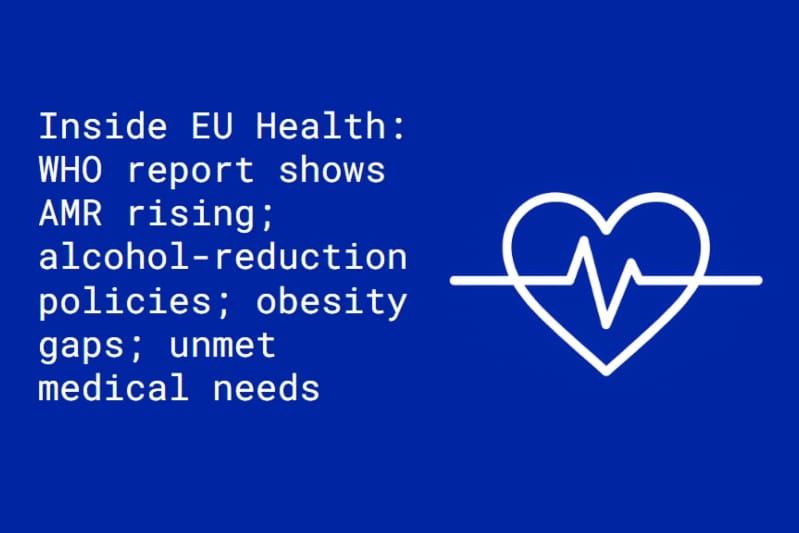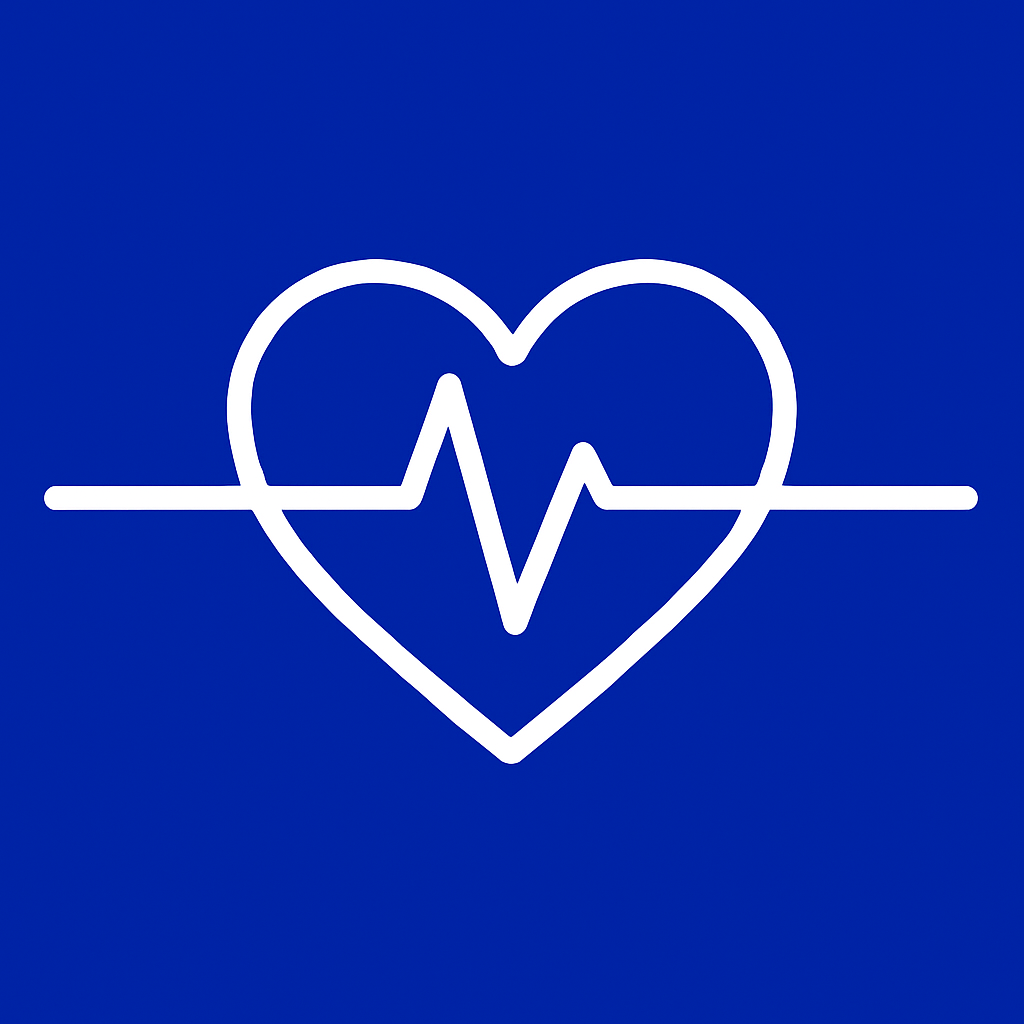Inside EU Health: Antimicrobial risk on the rise to children with unmet medical needs
Inside EU Health: Antimicrobial risk on the rise to children with unmet medical needs

Antimicrobial risk on the rise: Often called the “silent pandemic”, antibiotic resistance is rapidly escalating across the globe, according to the WHO’s 2025 Global Antibiotic Resistance Surveillance Report. In Europe alone, antibiotic-resistant infections claim around 35,000 lives each year, a number projected to soar to 390,000 by 2050 if no action is taken.
Despite the urgency, only 32 new antimicrobials have been approved in the EU between 2015 and 2024, prompting policymakers to explore incentives like the Transferable Exclusivity Voucher (TEV) to spur innovation. Read more here.
Alcohol reduction policies that work: Research from WHO and IARC makes an evidence-based case for alcohol-reduction policies that can significantly cut drinking and thereby lower the risk of multiple cancers. Minimum pricing an clear labelling are on the list, but despite this and the EU’s own commitments under the Beating Cancer Action Plan, legislative progress has stalled. Read more here.
Obesity gaps: Most countries are failing to turn obesity policy into action despite its growing toll on health and economies. The Obesity Response Index, launched at the World Health Summit and funded by Eli Lilly (maker of weight-loss drug Mounjaro) scored 20 nations an average of just 55.6 out of 100, in their prevention and treatment strategies. Serbia, France, and Brazil lead in coordinated action, while countries such as Rwanda, India, and Nigeria lag due to low investment and political will. The report warns that with stigma, poor coordination, and limited food and activity policies, obesity remains a major but under-addressed societal and economic crisis. Read more here.
Children with unmet medical needs: In 2024, about 3.2% of children in the European Union did not get the medical care they needed. The problem was more common among children from poorer households. 3.0% of children in families with incomes above the poverty risk level missed out on care, compared to 4.2% of those in families below that level, a gap of 1.2 percentage points.
In most EU countries, children from lower-income families were more likely to have unmet medical needs. The biggest difference was seen in Bulgaria, where the gap reached 6.1 percentage points. However, in 10 EU countries, the situation was reversed — children from poorer households were less likely to have unmet medical needs, with Finland showing the largest difference in that direction.

What we’re reading
More on AMR: An article in The Conversation looks at findings suggesting that mixtures of common medicines—even at low environmental levels—can work together to boost antibiotic resistance.
